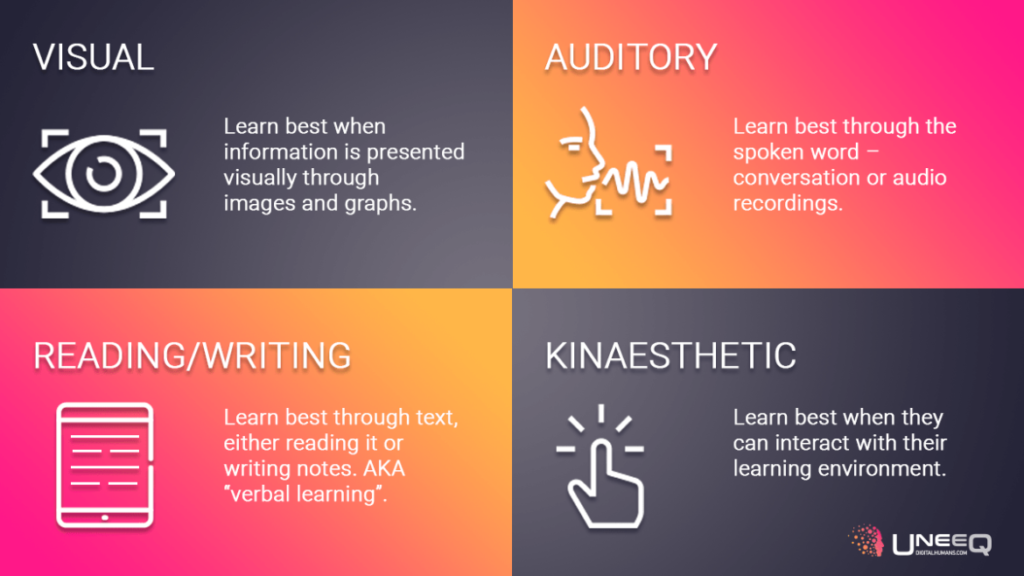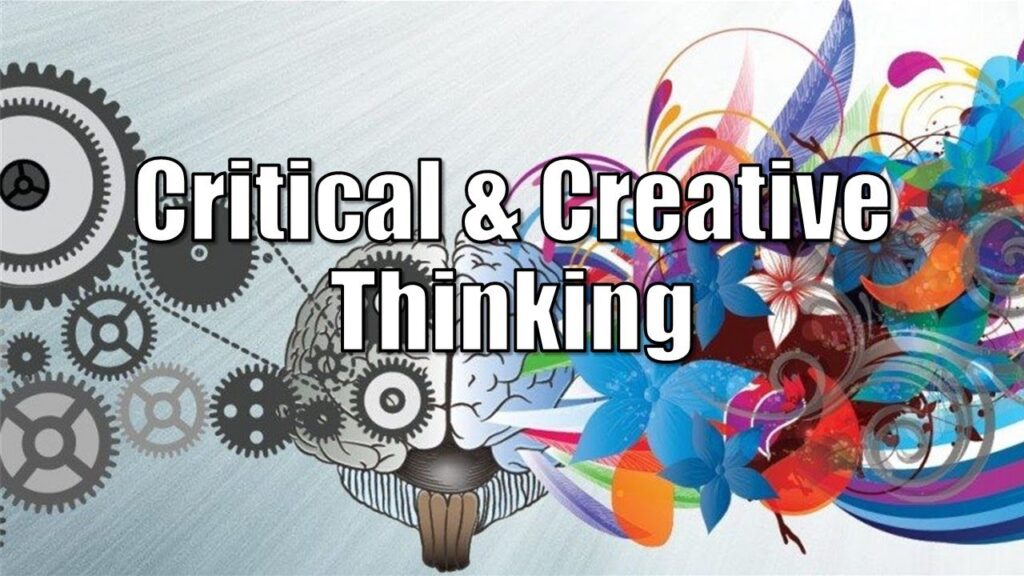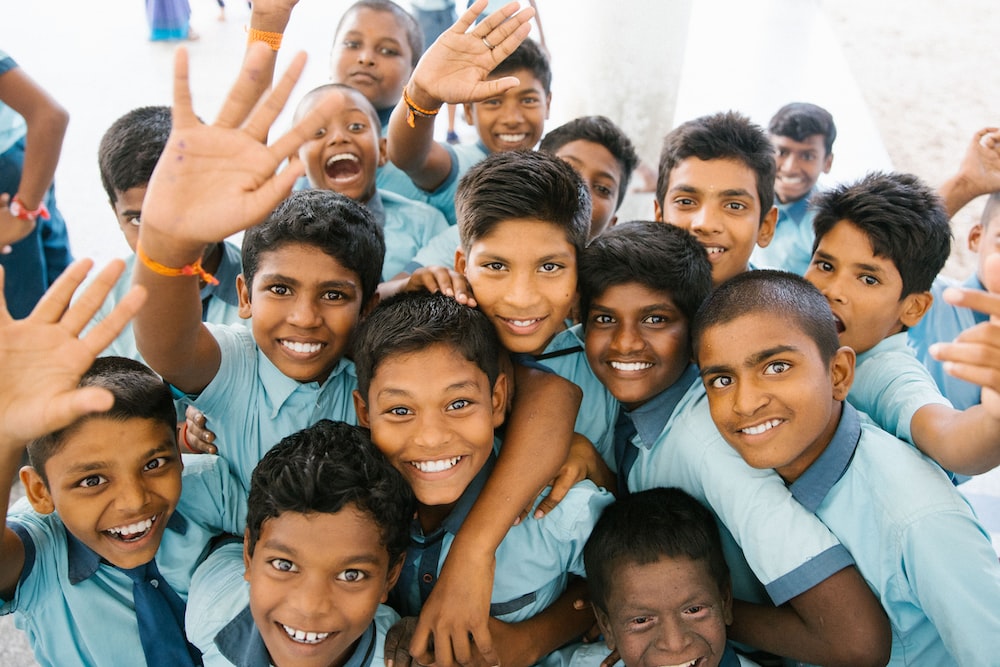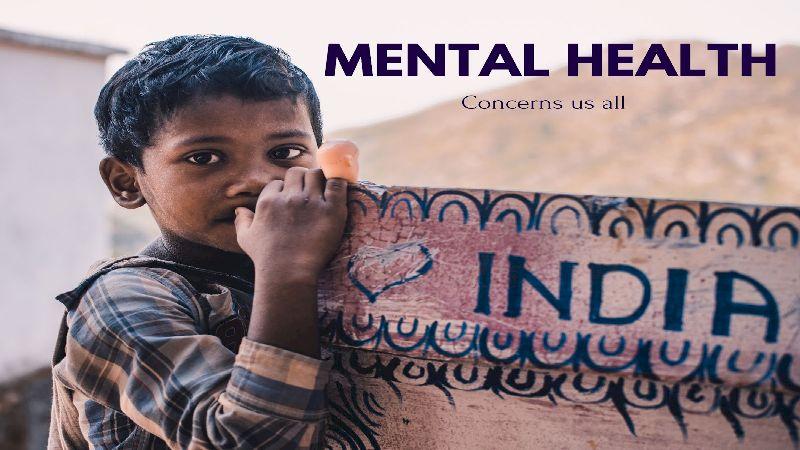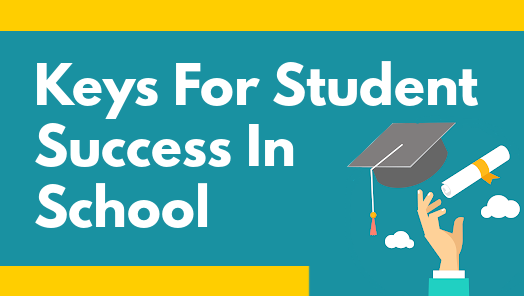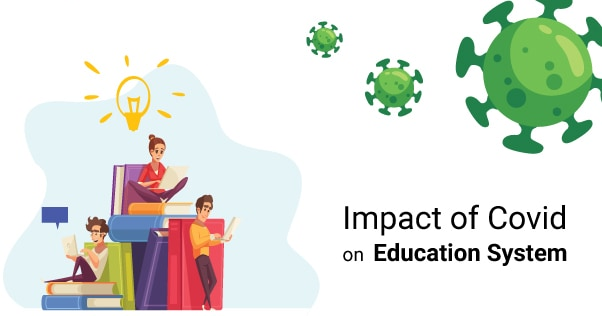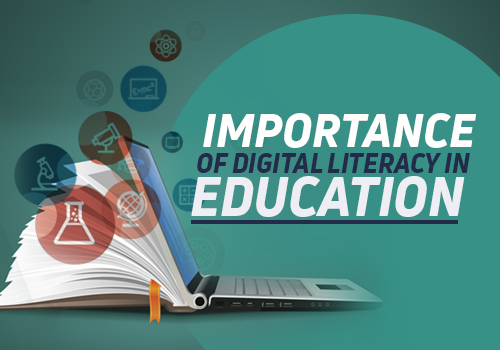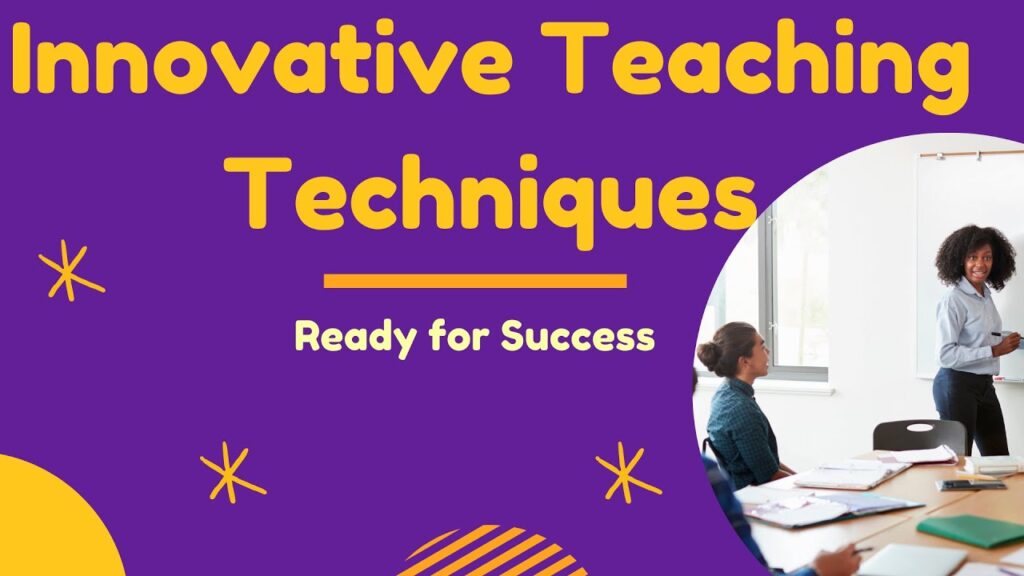The role of parents in the academic success of their children in Indian schools is very crucial. Their involvement and support can significantly impact their children’s academic performance, motivation, and overall well-being. Here are some ways in which parents can support their children’s academic success in Indian schools:
- Encouraging a Positive Attitude towards Learning: Parents can encourage their children to have a positive attitude towards learning by being enthusiastic about their children’s academic progress and accomplishments. They can also help their children develop a growth mindset by emphasizing the importance of effort and persistence in learning.
- Establishing a Daily Routine: Parents can establish a daily routine that includes specific times for homework, study, and rest. This routine can help their children develop good study habits, improve time management skills, and reduce stress levels.
- Monitoring Academic Progress: Parents can monitor their children’s academic progress by attending parent-teacher conferences, reviewing progress reports, and keeping track of their children’s assignments and test scores. This monitoring can help parents identify areas where their children need extra help or support.
- Providing Educational Resources: Parents can provide their children with educational resources, such as books, educational videos, and educational apps, to supplement their classroom learning. These resources can help children reinforce their knowledge and develop a deeper understanding of the subjects.
- Supporting Extracurricular Activities: Parents can support their children’s participation in extracurricular activities, such as sports, music, or drama. These activities can help children develop social skills, self-confidence, and a sense of belonging.
- Communicating with Teachers: Parents can communicate with their children’s teachers regularly to understand their children’s academic progress, strengths, and weaknesses. This communication can help parents identify areas where their children need additional support and collaborate with teachers to develop strategies to address these areas.
- Encouraging Healthy Habits: Parents can encourage healthy habits, such as getting enough sleep, eating a nutritious diet, and engaging in physical activity. These habits can help children maintain their physical and mental health, which is essential for academic success.
In summary, parents play a critical role in the academic success of their children in Indian schools. Their involvement and support can significantly impact their children’s motivation, well-being, and academic performance. By establishing a positive attitude towards learning, monitoring academic progress, providing educational resources, supporting extracurricular activities, communicating with teachers, and encouraging healthy habits, parents can help their children succeed academically and develop into well-rounded individuals.



